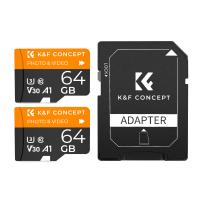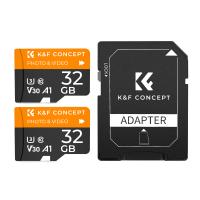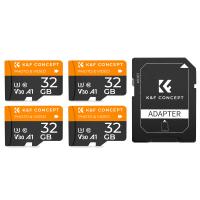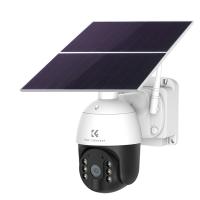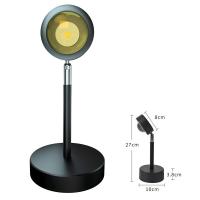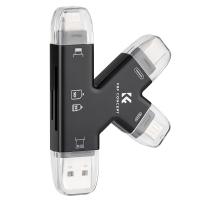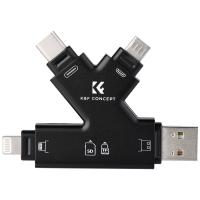How To Format Sd Card On My Phone?
Formatting an SD card on your phone is a common task that many users need to perform for various reasons, such as clearing space, removing corrupted files, or preparing the card for use in a different device. This article will guide you through the process of formatting an SD card on your phone, addressing common issues and providing practical solutions to ensure a smooth experience.
Understanding the Need to Format an SD Card
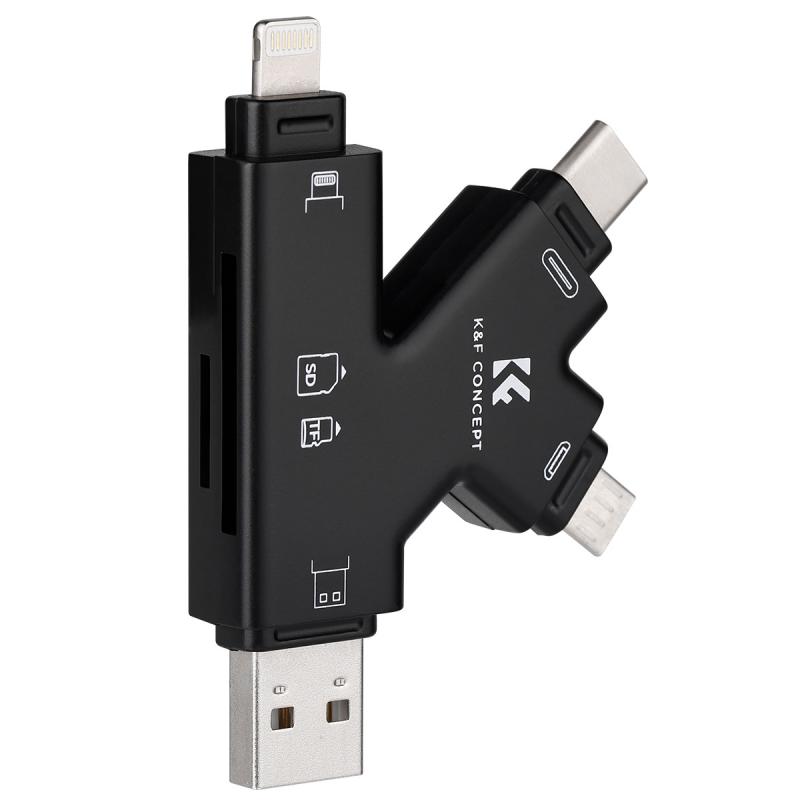
Before diving into the steps, it's essential to understand why you might need to format an SD card. Here are some common reasons:
1. Clearing Space: Over time, SD cards can accumulate a lot of unnecessary files. Formatting the card can help free up space.
2. Removing Corrupted Files: Sometimes, files on an SD card can become corrupted, causing issues with accessing or using the card. Formatting can resolve these issues.
3. Preparing for a New Device: If you plan to use the SD card in a different device, formatting it ensures compatibility and optimal performance.
4. Improving Performance: Regularly formatting your SD card can help maintain its performance and longevity.
Steps to Format an SD Card on Your Phone
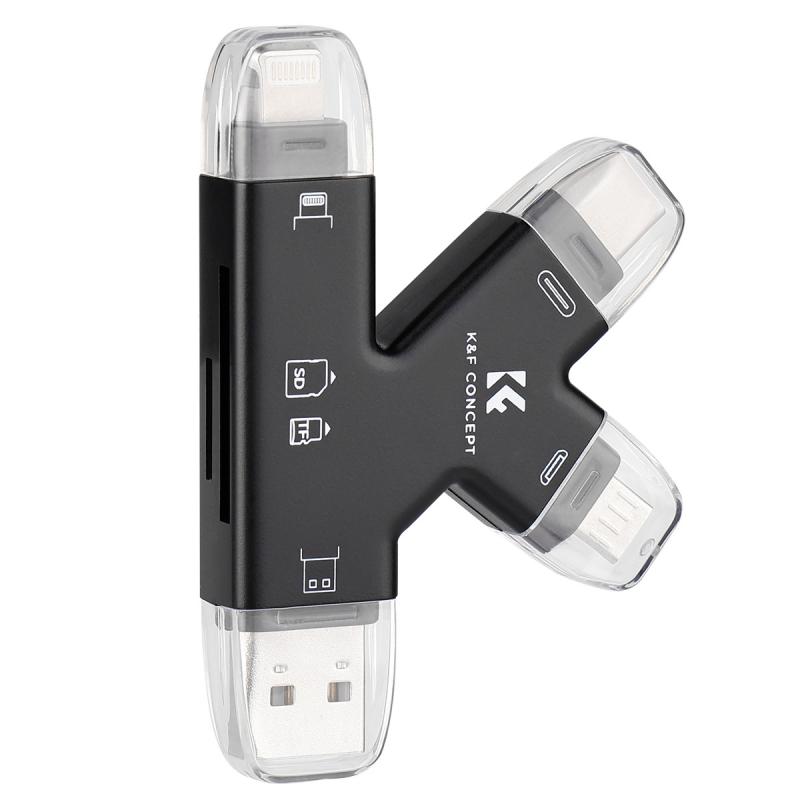
The process of formatting an SD card can vary slightly depending on the type of phone you have. Below, we provide detailed instructions for both Android and iOS devices.
Formatting an SD Card on an Android Phone
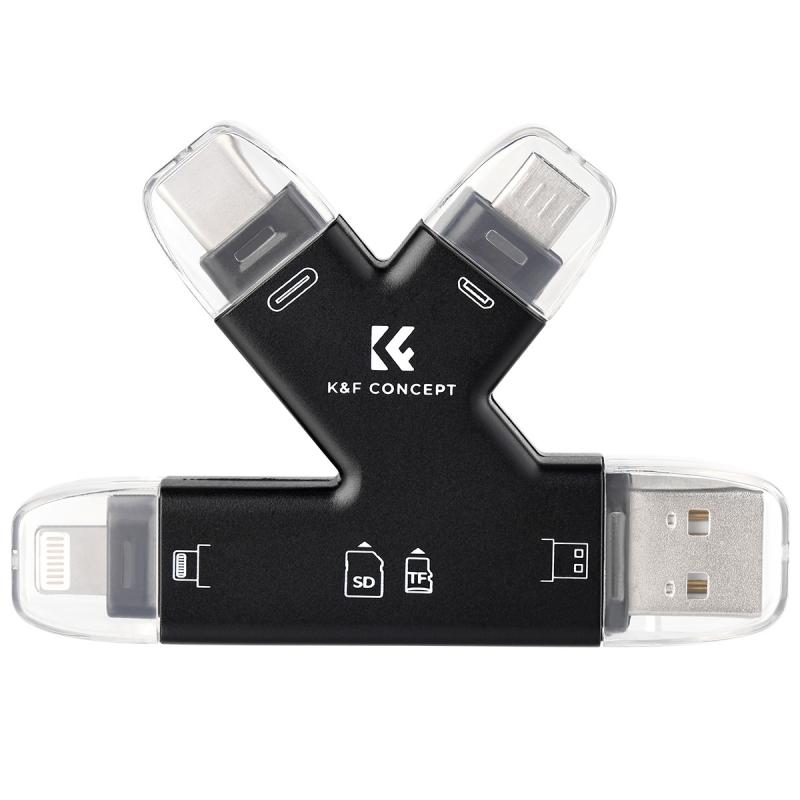
1. Insert the SD Card: Ensure that the SD card is properly inserted into your phone. Most Android phones have a dedicated slot for SD cards, usually located next to the SIM card slot.
2. Open Settings: Navigate to the 'Settings' app on your phone. This can usually be found in the app drawer or by swiping down from the top of the screen and tapping the gear icon.
3. Access Storage Settings: Scroll down and tap on 'Storage' or 'Device care' (the exact wording may vary depending on your phone model and Android version).
4. Select the SD Card: In the storage settings, you should see an option for your SD card. Tap on it to access more options.
5. Format the SD Card: Look for an option that says 'Format' or 'Format SD card'. Tap on it and confirm your choice. Be aware that this will erase all data on the card, so make sure to back up any important files beforehand.
6. Wait for the Process to Complete: The formatting process may take a few minutes. Once it's done, your SD card will be ready for use.
Formatting an SD Card on an iPhone
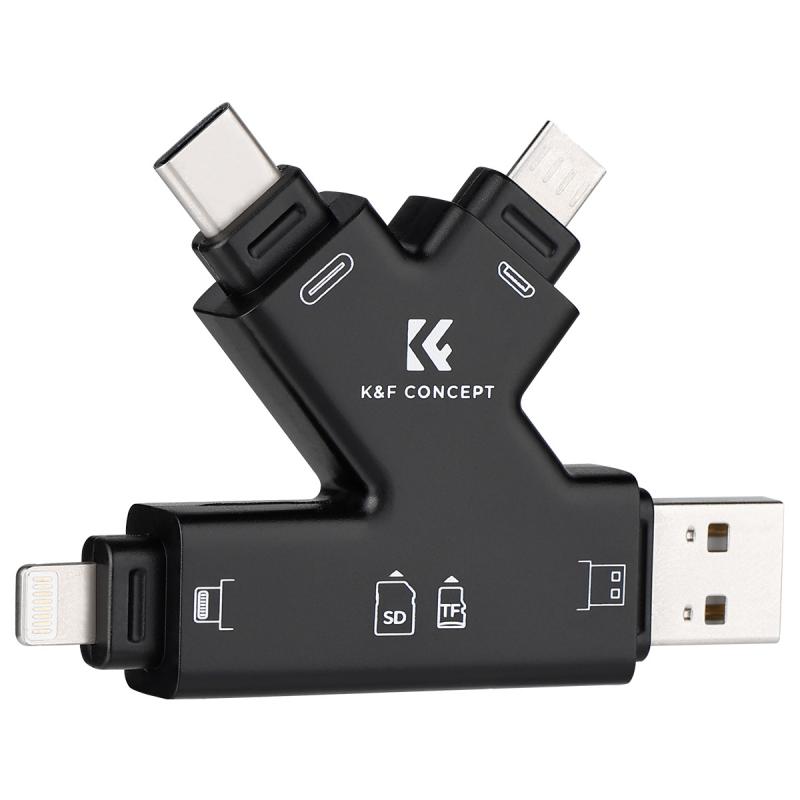
iPhones do not support external SD cards directly. However, if you are using an SD card reader or adapter, you can format the SD card using a computer. Here’s how:
1. Connect the SD Card to Your Computer: Use an SD card reader to connect the SD card to your computer.
2. Open Disk Utility (Mac) or File Explorer (Windows):
- On a Mac, open 'Disk Utility' from the Applications > Utilities folder.
- On Windows, open 'File Explorer' and right-click on the SD card under 'This PC' or 'My Computer'.
3. Select the SD Card: In Disk Utility, select the SD card from the list on the left. In File Explorer, right-click on the SD card and select 'Format'.
4. Choose the Format Type:
- On a Mac, click on 'Erase' and choose the format type (usually 'MS-DOS (FAT)' for compatibility).
- On Windows, choose the file system (usually 'FAT32' or 'exFAT') and click 'Start'.
5. Confirm and Format: Confirm your choice and wait for the process to complete. Once done, you can safely eject the SD card and use it with your iPhone adapter.
Common Issues and Troubleshooting
While formatting an SD card is generally straightforward, you may encounter some issues. Here are common problems and their solutions:
1. SD Card Not Recognized: If your phone or computer does not recognize the SD card, try reinserting it or using a different card reader. Ensure the card is not physically damaged.
2. Formatting Errors: If you receive an error message during formatting, try using a different device to format the card. Sometimes, using a computer instead of a phone can resolve the issue.
3. Data Recovery: If you accidentally format an SD card and lose important data, data recovery software can help retrieve lost files. However, success is not guaranteed, and it's best to back up data before formatting.
4. Incompatible File System: Ensure you choose a compatible file system when formatting. For most purposes, 'FAT32' or 'exFAT' are suitable choices.
Best Practices for SD Card Maintenance
To ensure the longevity and performance of your SD card, follow these best practices:
1. Regular Backups: Regularly back up important data to avoid data loss in case of corruption or accidental formatting.
2. Avoid Frequent Formatting: While formatting can help maintain performance, doing it too often can reduce the lifespan of the SD card. Only format when necessary.
3. Use Quality SD Cards: Invest in high-quality SD cards from reputable brands to ensure reliability and durability.
4. Safely Eject: Always safely eject the SD card from your phone or computer to prevent data corruption.
Formatting an SD card on your phone is a simple yet essential task that can help maintain the performance and reliability of your storage. Whether you're using an Android phone or an iPhone with an adapter, the steps outlined in this article will guide you through the process. By understanding the reasons for formatting, following the correct steps, and adhering to best practices, you can ensure a smooth and trouble-free experience with your SD card.





